In our next installment of Surf Cinema Sundays powered by TheSurfNetwork, we’re going to show “Chasing Dora,” included in your Surfline Premium membership. We’ll continue showing iconic surf movies every other Sunday. (Next up: ‘Stoked And Broke’, September 27.) If you’re not already Premium, sign up for a Surfline free trial here, and you can also stream/rent the film by going to TheSurfNetwork’s site.
[FAQ: How to watch Surf Cinema Sunday films]
You might say Wes Brown was born into this. Actually, there’s no other way to say it. His grandfather was none other than Bruce Brown, the All-Time Grand Poobah of Surf Cinema. His father, Dana Brown, directed the genre-rattling 2003 documentary, Step Into Liquid, and has a new film coming out about the Brown legacy A charmed apprenticeship through his teens fast-tracked Wes to a career in surf filmmaking. But he wouldn’t go it alone.
TJ Barrack took a more conventional route — obtaining his English-Creative Writing degree from the University of Southern California before taking a job producing marketing and fundraising videos for a Los Angeles investment firm. Once the two childhood friends reconnected in 2003, however, the next logical step for both was to form Little House Productions, where Brown and Barrack would co-write, co-produce, co-direct and co-edit several television shows and at least three major surf films, one being Chasing Dora.
The 2006 documentary follows three California surfer/shapers as they attempt to realize the final fantasy of the late Miki Dora, the iconic and enigmatic “Black Knight of Surfing” who passed away in 2002: an anti-establishment, anti-industry, anti-commercialism, anti-consumerism, anti-exploitation, anti-competition competition to be held at a perfect pointbreak with rather imperfect parameters: No sponsors. No logos. No judges. No leashes. No neoprene. No fiberglass and no foam. Natural materials only. Self-reliant surfers only. Longest ride wins. An eccentric, ironic challenge conjured up by surfing’s most eccentric, ironic character, ultimately, only three men answered the call: Mickey “Mongoose” Munoz, Robert “Wingnut” Weaver and Marc Andreini.
Surfline reached out to Wes for some backstory and any personal memories from making Chasing Dora with his best friend.
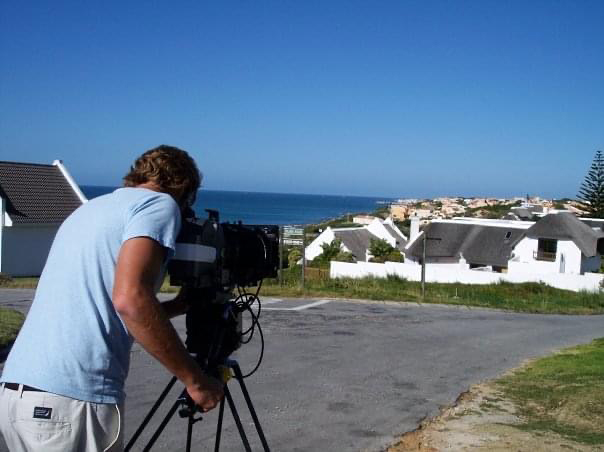
Wes Brown.
Surfline: As a third-generation surf filmmaker, you had a significant kickstart if not a birthright to a professional career. What unique advantages and/or pressures did you face, being the son of Dana Brown and the grandson of Bruce Brown and all that?
Wes Brown: I didn’t ever really feel any pressure, because this is what I was raised around all my life. I remember sitting around the dinner table with Grandpa talking story about filming, and I was brought into it when I was like 10 and they were making Endless Summer 2. Then I spent several years helping Dad make Step Into Liquid. I started off as, for lack of a better term, the “bitch assistant,” doing assistant editing, carrying around stuff… That was like an apprenticeship where I learned from the ground floor, and after that, TJ and I decided to do our thing. So it was a natural progression. But had I jumped into it right now, at this age, I think I’d feel a lot more pressure to live up to all the hype of what my family’s done.
What compelled you to make this film, four years after Dora’s death? The fact that you and TJ were in your twenties at the time of production leads me to believe there was some outside influence.
We were 25 when we made this film. We’d just premiered our first film, Islands In The Stream, at Sundance and were pitching our second film, Peel: The Peru Project. We found out that Fuel TV was having a contest down at Sundance where they were giving directors a hundred grand to make a film. And a hundred grand, it kinda sounds like a lot, but it’s not, because back then we were shooting everything on super 16 millimeter. I mean, just the film alone costs 20 or 30 grand. So we tried to figure out a cool story, and we’d just read an article in The Surfer’s Journal called “The Aquatic Ape” about Miki Dora’s idea. And it seemed relevant for the time, and even today, as far as steering everything away from petrochemicals and moving away from the commercialized surf world and bringing it all back organically. So we pitched it, they gave us some money, and we had to put our other film, Peel, on hold for 10 months to go make it. TJ and I put the whole thing together pretty quick — Sundance was in January and we filmed Chasing Dora in July.
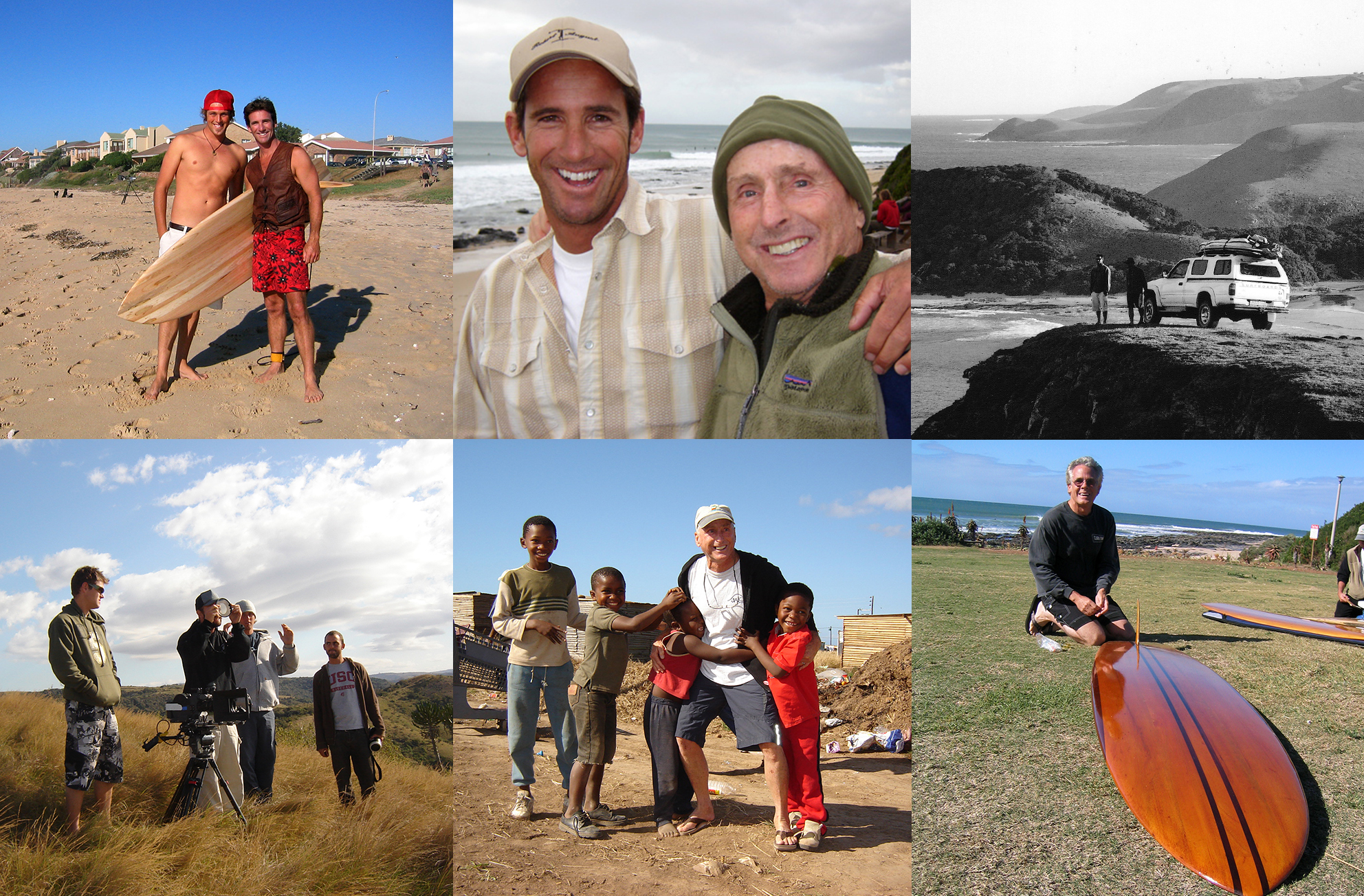
Behind the scenes of ‘Chasing Dora.’
How did you come to know TJ, and how has your professional relationship evolved since the embryonic days of Little House Productions?
TJ and I grew up together in Santa Ynez. We played high school baseball together, and he was one of my best friends growing up. We kinda separated through college, and after Step Into Liquid was done, we formed Little House Productions together. At the time I was going to go to film school and TJ was like, “Why go to school when you’ve already been working on films for four years?” So we made those three films together — Islands In The Stream, Peel: The Peru Project, Chasing Dora — and several TV shows after that. TJ went on to work at Miramax, then he [co-founded] Adaptive Studios. And I have my own production company, as well, Arora Entertainment.
Aside from your narration, you and TJ share the writer/director/producer credits. How did you two split up the workload?
It was actually pretty even. We both did it all together. TJ was definitely much better on a pre-production level, as far as making sure everything was dialed in and taken care of. And he’s an incredible writer. I would run the camera and the edit machine, but we spent every day together editing. It was a good partnership.
What was the most challenging part of the whole process?
Getting the crew together, then trying to align everyone’s schedules. That was incredibly challenging. When we put the feelers out to see who’d be interested, everyone was stoked on the idea. But they were also scared of it. I mean, I called Dave Rastovich, I called Keith Malloy, I called Kelly… I called whoever I could, and they all loved the idea, but then they realized, “Oh crap, now I’ve actually gotta figure out how to make a surfboard out of all-natural materials in a timeframe of, like, three months, then be willing to go to South Africa for a month and surf eight-foot Jeffrey’s Bay without a leash or a wetsuit…” [laughs] That was the most difficult thing — finding people with the wherewithal and the knowledge to shape a board out of wood and then be able to ride it in big, cold waves. I mean, the water’s in the low 50s that time of year, then you have that wind chill coming off the mountains that makes it even colder. It was a daunting task.
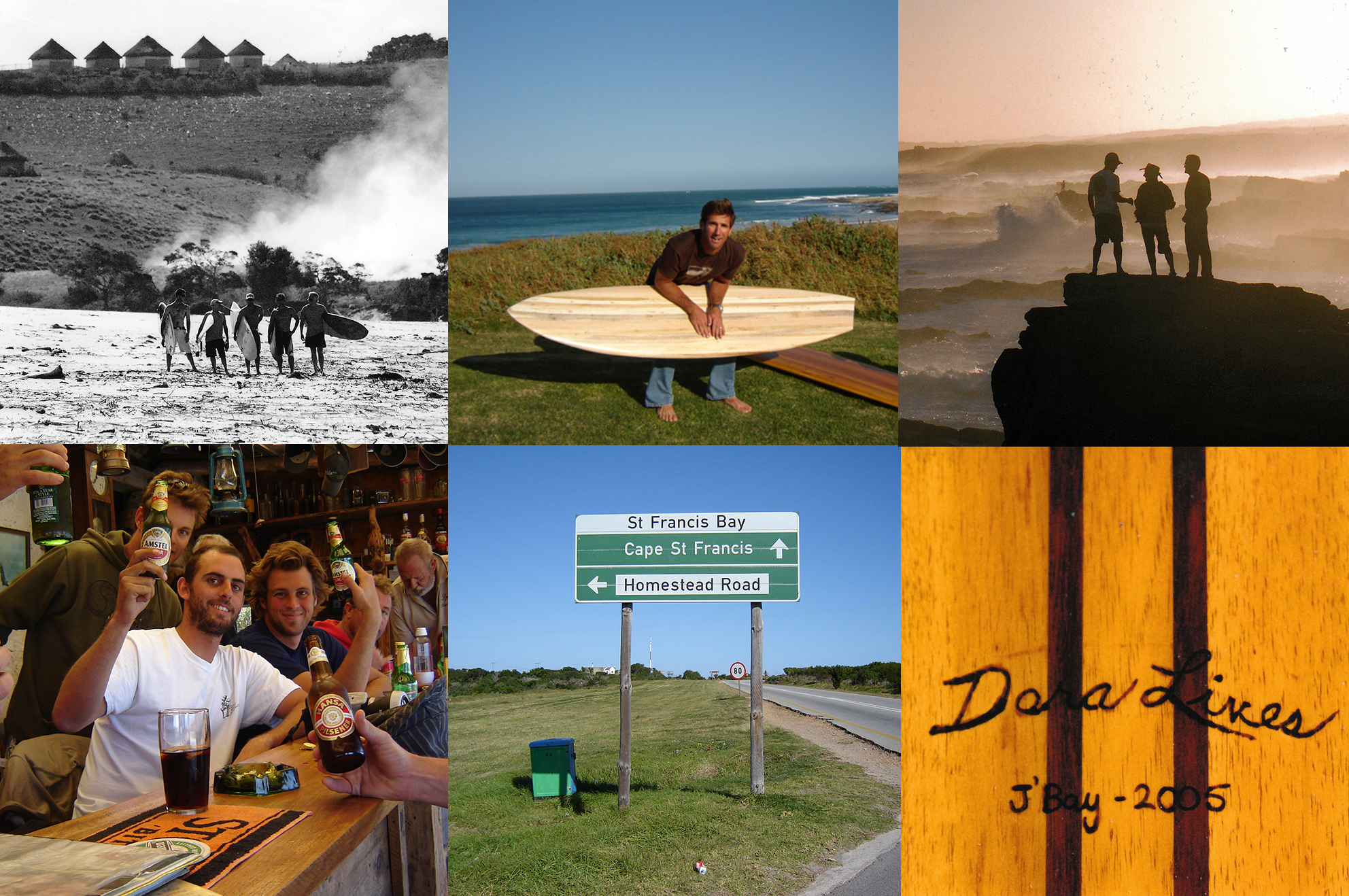
Behind the scenes of ‘Chasing Dora.’
Yeah, it’s already a logistical nightmare and a physical torture chamber, then you factor in, “And you’ve gotta be on film the whole time. And by the way, you’ve gotta deliver insightful interviews. And it would help if you have some history with Dora…” In retrospect, there were probably only a handful of guys in the world that could’ve pulled this off.
That’s exactly right. And that’s why getting Mickey Munoz involved was crucial. Because Mickey grew up with Dora. They were among the same crew of LA surfers surfing Malibu and Santa Monica, and they were dear friends. So to have that angle was amazing. And what he pulled off [in the film’s climax], that was unbelievable! At 67, and with all the boys out in the water — Kelly Slater, Donavon Frankenreiter, Pat O’Connell, Shaun Tomson — he’d already taken at least two insane beatings, and we were all like, “Oh my God, we just killed Mickey.” But he kept making it out, and he caught some bombs! Flash forward, I don’t wanna put words in his mouth, but Mickey’s been quoted in some articles saying that those waves that he caught for the film were among the biggest moments of his surfing career, if not the biggest. Coming from somebody like that, who was there during the first days of paddling out at Waimea, I was just so humbled. I knew Mickey before that, but since then he’s become a dear, dear friend. And those times I had with him will last a lifetime.
What lessons did you learn from making Chasing Dora that you were able to apply to future work?
I have a good one: Larry Haynes was our water photographer. The main camera that he used most of the time, Kelly’s fin hit it on a pass-by and knocked the lens loose. We didn’t know until we got the film developed, but when we watched the dailies 65% of our water camera footage was blurry. I was so bummed out. I remember going over to my grandpa, like, “I can’t believe this happened.” And he said, “Just use this as an excuse to tell a better story.” So that’s what we did. We expanded our storytelling skills [cutaways, interviews, archival footage, etc.] to make a better film. That was a major lesson to be learned.
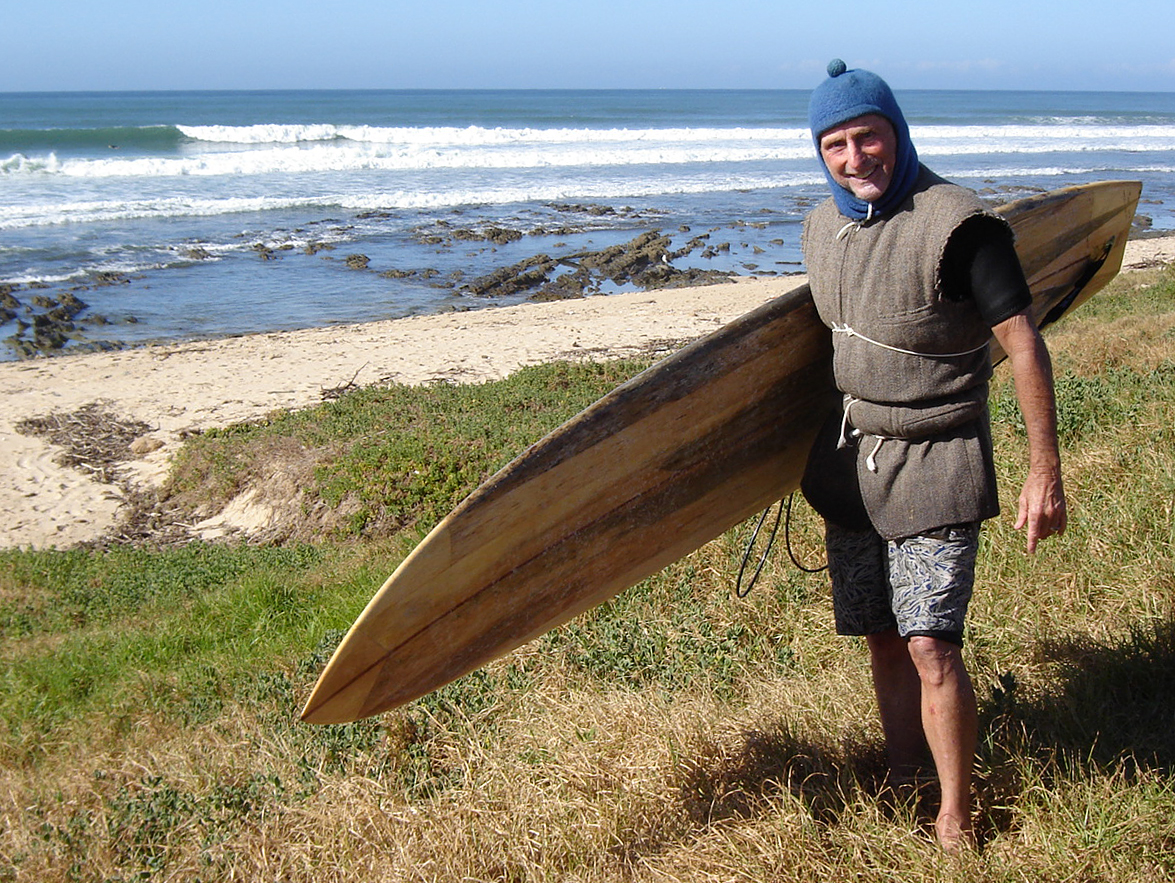
Mickey “The Mongoose” Munoz.
From the golden era of surfing circa 1950’s to social media circa 2020, you’ve been immersed in it all. What are your feelings about the current state of surf cinema: how it evolved, what was lost, what was gained, and what the future might hold for the genre?
With our surf films, we had to be really thoughtful for what we shot. It was much harder and more expensive to shoot artistically. But technology’s changed so much, this new generation of creative people can just go out and do it themselves, and they have more opportunity to make some really wonderful stuff. Our first editing equipment we bought for Step Into Liquid was $280,000. Now you can rent the same equipment on a Macbook for 45 bucks a month. You can go out in the water with a GoPro now, you don’t need to hire a water camera. You can get a Canon 5D and shoot from land or a drone and shoot miles upon miles. I think that’s amazing! I do miss the art of storytelling, though. When we were making Chasing Dora, there wasn’t really anybody telling a narrative story on surfing. There were amazing filmmakers, but a lot of it was surf porn. But telling a story in a passionate fashion that resonates with people that don’t even surf — that’s kinda what my family’s always done, and that’s why our films were able to attract a more mainstream audience. The Brown films are not about surfing. They’re about people. Surfing is the backdrop.
Premium Perks: One Free Surf Movie Rental From TheSurfNetwork. Eligible Premium members redeem here.
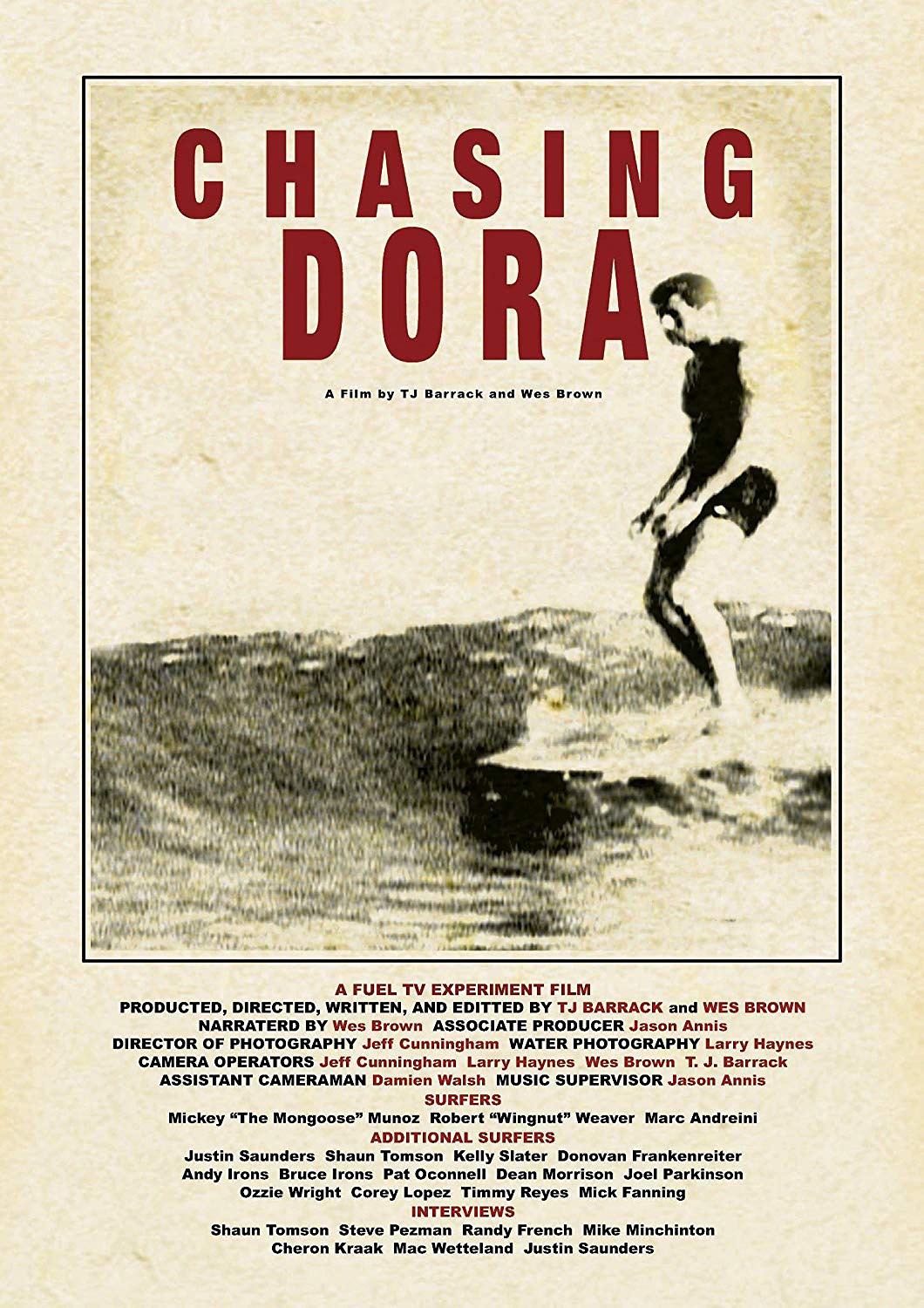
Chasing Dora
***
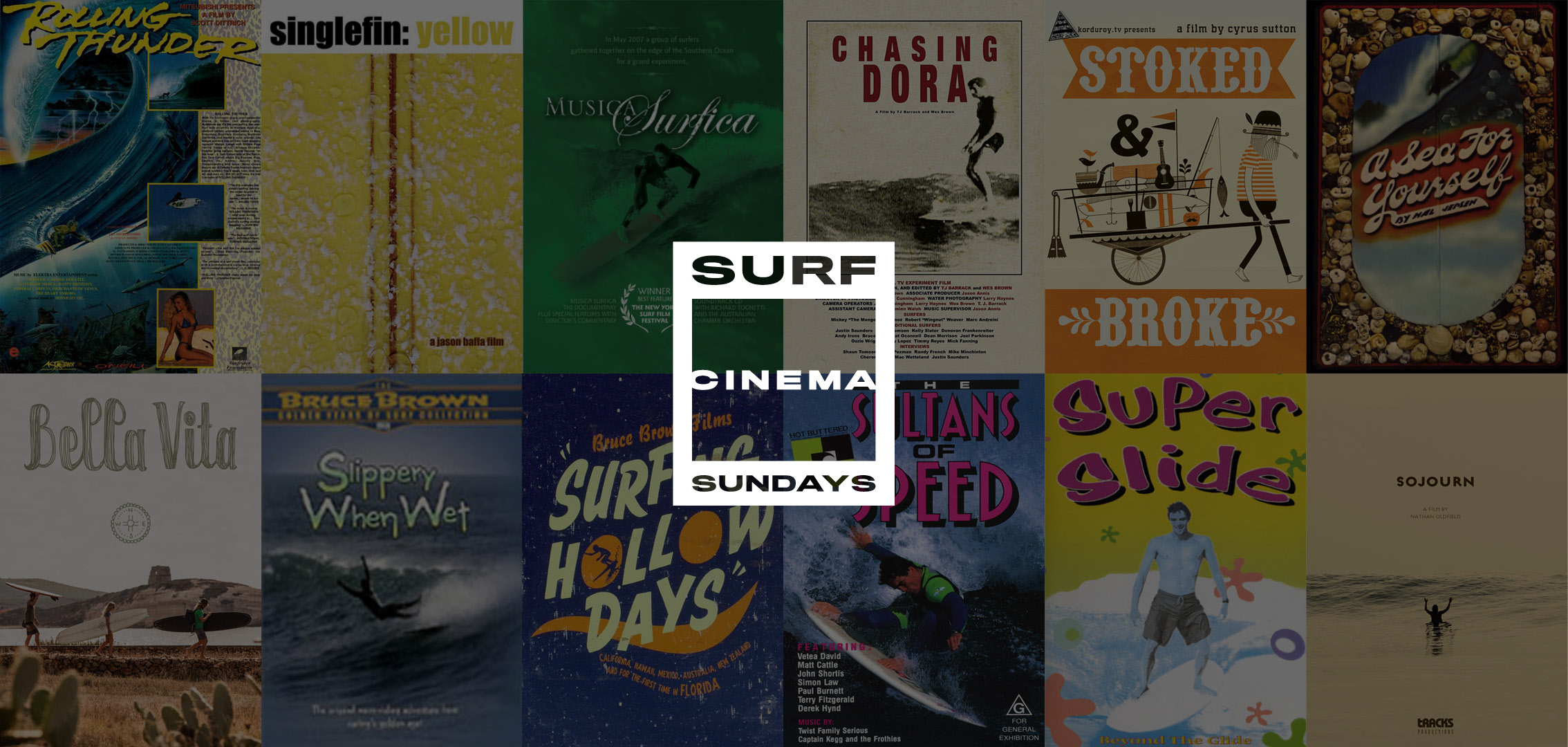
August 30: Musica Surfica
September 13: Chasing Dora
September 27: Stoked and Broke
October 11: A Sea For Yourself
October 25: Bella Vita
November 8: Bruce Brown Double Feature: Slippery When Wet/Surfing Hollow Days
November 22: Sultans of Speed
December 6: Super Slide
December 20: Sojourn





Recent Comments